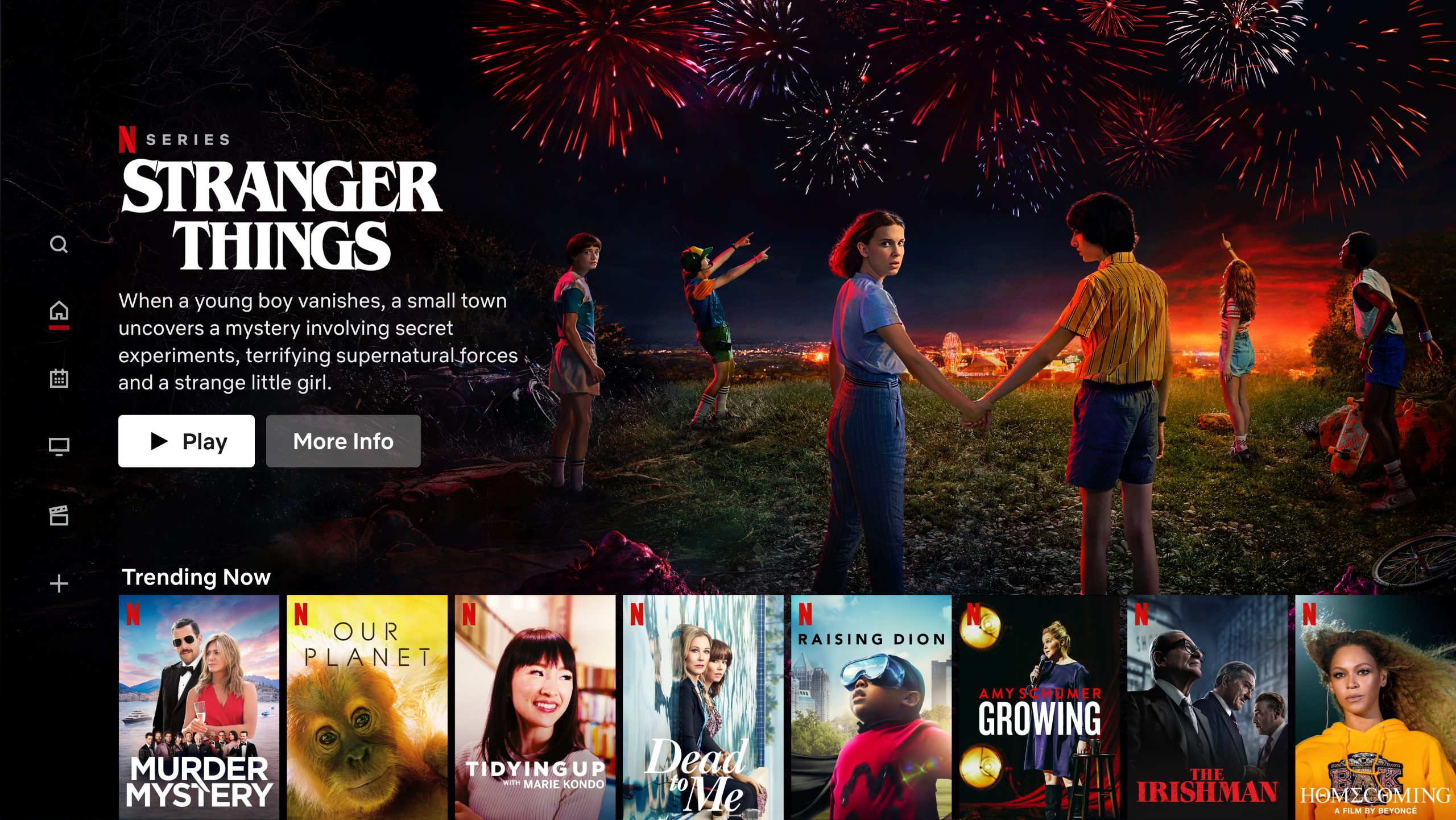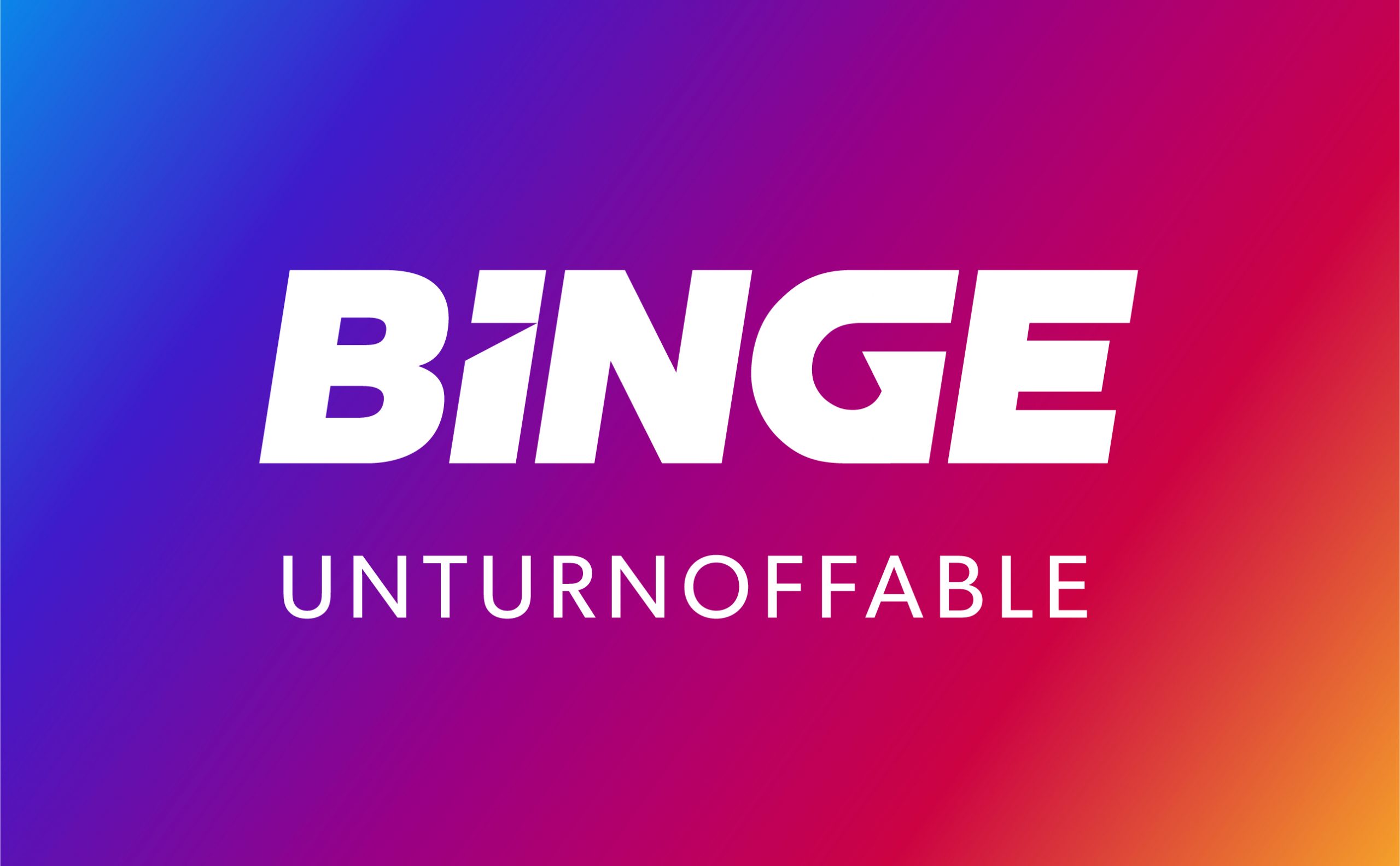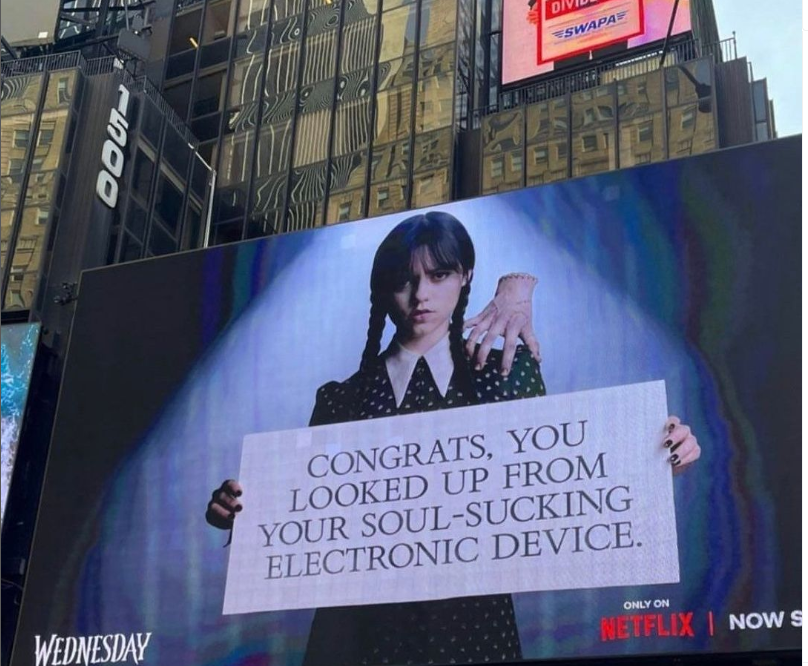When Netflix announced its ad-tier last year it won a new type of highly-engaged audience – the global advertising industry.
But will the streaming giant be held back by its lack of advertising sales infrastructure in Australia? Or will it help brands create bolder, more tailored ads? B&T investigates.
Netflix’s Biggest Challenge In Australia
For Kristiaan Kroon, CIO at Omnicom Media Group, Netflix’s ad offering was highly anticipated.
“I think the industry has talked about the migration of audiences to subscription export services for years,” he told B&T.
Despite being well received by the market, the streaming giant’s otherness could also be its biggest challenge, Kroon said.
“The challenge with Netflix was always going to be, because they’re an outlier, that they didn’t have any existing infrastructure”, he said.
Whilst Paramount+ has the “benefit of Channel 10’s sales team” and Disney+ has an “existing sales team”, Netflix remains new to the Australian market.

Nick Cherrier, subscription expert and consultant at Cherrier Consulting, agreed that a lack of data was a problem for Netflix:
“Disney however does have the advantage of running ads on Hulu and ESPN and having bundles on offer. Netflix is yet untested”.
Despite the lack of history in advertising, it’s unlikely a company like Netflix will have too much issue attracting ambitious Aussie talent. On LinkedIn it is already on the lookout for a number of sales and partnership roles which require ‘extensive knowledge and experience in Australia’.
However for Kroon, already-integrated sales teams could still hold the edge in 2023:
“I think the Netflix team have had to build the car as they drive it, other teams have a bit more maturity in their sales team which I think will support their start”.
He predicts that 2023 will be a “foundational year” for Netflix, whilst local players, such as Binge, will be able to quickly offer advertisers scale.
Brands Could Partner With Netflix To Create ‘Bolder’ Ads
So far, the advertising style on Netflix has been similar to platforms such as SBS and Youtube – adverts 15 or 30 seconds in length which play before and during shows and movies.
However, Jonno Seidler, creative lead at Unyoked, predicts that Netflix could bring about a bolder type of ad.
“I wouldn’t be surprised if we see brands partnering with Netflix’s creative studio to develop their own assets using the Netflix IP,” he told B&T.
The platform is known for creating adverts that stay within the fictional worlds it hosts. A popular billboard ad for Wednesday featured the sullen teenager holding a sign that said “congrats, you successfully looked up from your soul-sucking electronic device”.
The nature of the platform lends itself to a “deeper type of storytelling,” Seidler said. It can be “jarring” to have advertisements that bring audiences outside of the world they are in, such as that of Stranger Things or Squid Games.
Rather than sticking with frequent short adverts, Seidler predicts a move to ‘marque ad’, where landmark shows are interjected by a handful of artful ads relevant to the show.
Netflix showed its appetite for this content/advert convergence last year, when it featured Mcdonald’s Mcbaguette within an Emily In Paris storyline.
However, not all of Netflix’s shows are quite as brand safe as Emily in Paris, and some in the market have expressed concerns about the reputational risks of advertising around popular shows heavy in sex and violence.

Will Netflix Be Able To Build Its Audience?
When it comes to understanding the size and demographic of the audience for Netflix ads, Kroon says the streamer has been open about this being a work-in-progress.
“They were very measured about the unknowns such as audience growth, so our advertisers have leaned in to understand and test – clearly scale is going to take some time”.
Forbes claimed that initial viewing figures were lower than expected with some advertisers having their spend returned to them.
The demographic of the platform in Australia is largely unknown, however Cherrier says “it may be useful to turn to US Netflix user demographics”. For all users (not just ad-tier) “the largest audience in the US is 50-64 (29%), followed by 30-39 (26%) and 18-29 (25%) (Source: Statista)”.
The natural assumption is that lower income households will opt for the cheaper option, as Cherrier says “high income households will largely opt for the more premium ad-free experience”.
However, Kroon said the reality is “more complex”, adding that “we have seen that people will make different choices about different things they consume”.
Even with a cost of living crisis, Kroon warns that Netflix will find building the ad-tier audience a challenge “when for the price of a cup of coffee, you can completely avoid adverts”.
Despite the unknowns surrounding Netflix: one thing is certain – the advertising industry is most certainly ‘still watching’.
Netflix declined to comment on the article, but in its Q4 2022 letter to shareholders it said:
“While it’s still early days for ads and we have lots to do (in particular better targeting and measurement), we are pleased with our progress to date across every dimension: member experience, value to advertisers, and incremental contribution to our business”.
“Engagement, which is consistent with members on comparable ad-free plans, is better than what we had expected and we believe the lower price point is driving incremental membership growth. Also, as expected, we’ve seen very little switching from other plans”.
“Overall the reaction to this launch from both consumers and advertisers has confirmed our belief that our ad-supported plan has strong unit economics (at minimum, in-line with or better than the comparable ad-free plan) and will generate incremental revenue and profit, though the impact on 2023 will be modest given that this will build slowly over time”.











